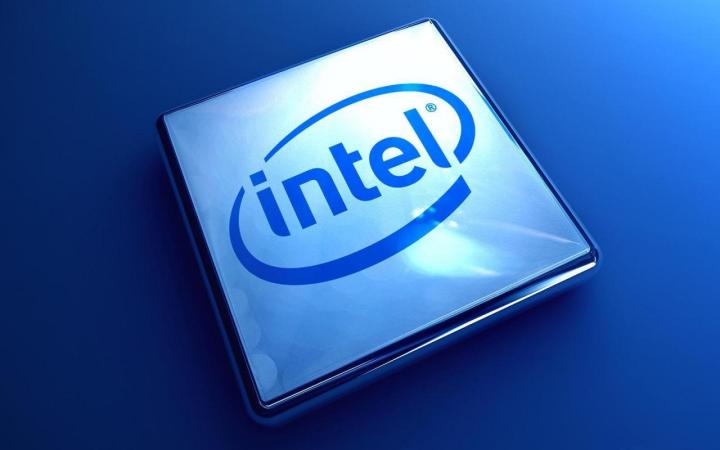
For starters, here is the upcoming processor compared to the two older generations that are also based on 14nm process technology:
| Core i5-7600K | Core i5-6600K | Core i5-5675C | |
| Architecture | Kaby Lake-S | Skylake | Broadwell |
| Interface type | LGA 1151 | LGA 1151 | LGA 1150 |
| Cores/threads | 4/4 | 4/4 | 4/4 |
| Base clock speed | 3.8GHz | 3.5GHz | 3.1GHz |
| Max clock speed | 4.2GHz | 3.9GHz | 3.6GHz |
| Memory support | DDR3L-1600 DDR4-2133 |
DDR3L-1600 DDR4-2133 |
DDR3-1600 |
| Integrated graphics | HD 630 | HD 530 | Iris Pro 6200 |
| Execution units | 24 | 24 | 48 |
| Level 3 cache | 6MB | 6MB | 4MB |
| Level 4 cache | n/a | n/a | 128MB eDRAM |
| TDP | 91 watts | 91 watts | 65 watts |
As the chart shows, the new seventh-generation chip provides faster base and boost clock speeds while keeping the same power requirement. As expected, the new chip also received an upgrade in the integrated graphics department.
Here is a chart showing the 3DMark benchmark scores of the upcoming processor’s integrated graphics component compared to the last generation. What you will see is a slight improvement in the graphics department, but do not expect it to replace your discrete graphics card. Here are the numbers:
| HD 630 | HD 530 | |
| Fire Strike | 1252 | 1237 |
| Time Spy | 379 | 384 |
| Sky Diver | 4561 | 4429 |
| Cloud Gate | 10435 | 10355 |
Now here is a chart detailing the speed differences between the seventh-generation processor and the previous-generation model:
| Core i5-7600K | Core i5-6600K | |
| Base clock speed | 3.8GHz | 3.5GHz |
| Max single-core speed | 4.2GHz | 3.9GHz |
| Max dual-core speed | 4.1GHz | 3.8GHz |
| Max three-core speed | 4.1GHz | 3.7GHz |
| Max four-core speed | 4.0GHz | 3.6GHz |
Rather than pin a bunch of benchmark screenshots here, take a look at numbers using applications like CPU-Z, WinRar, Photoshop CS6, and a few others.
| Core i5-7600K | Core i5-6600K | |
| Fritz Chess Benchmark 4.32 | 12972 | 12038 |
| wPrime 2.05 | 255 | 276 |
| CPU-Z 1.77.0 | 8310/2133 | 7697/1983 |
| WinRAR | 66 | 78 |
| Photoshop CS6 | 90 | 95 |
| TMPGEnc 4.7.7 | 52 | 57 |
| Cinbench R15.0 | 690 | 646 |
Ultimately, the site concludes that the real star of the seventh-generation Kaby Lake rollout is the 200-series chipset for motherboards launching alongside the new desktop processors. This chipset supports Intel’s 3D XPoint memory architecture, Thunderbolt 3, 24 PCI-Express 3.0 lanes, six SATA 3 ports, 10 USB 3.0 ports, and more.
The good news with the 200-series chipset is that motherboards based on this hardware will be backwards compatible with sixth-generation Intel processors. Thus, if the new desktop processor lineup speeds do not justify the cost of a CPU upgrade, then consumers may still benefit from swapping out the motherboard for one based on Intel’s new chipset.
We expect to see Intel officially reveal its seventh-generation desktop processor lineup during CES 2017 in early January. Until then, you will continue to see leaks and broken NDAs ruin Intel’s big New Year’s surprise.
Editors' Recommendations
- The only Intel CPU you should buy is over a year old
- Intel may have a monster new CPU coming soon
- It’s the end of an era for Intel
- Intel Core i5 vs. i7: Which CPU is right for you in 2023?
- These two CPUs are the only ones you should care about in 2023


